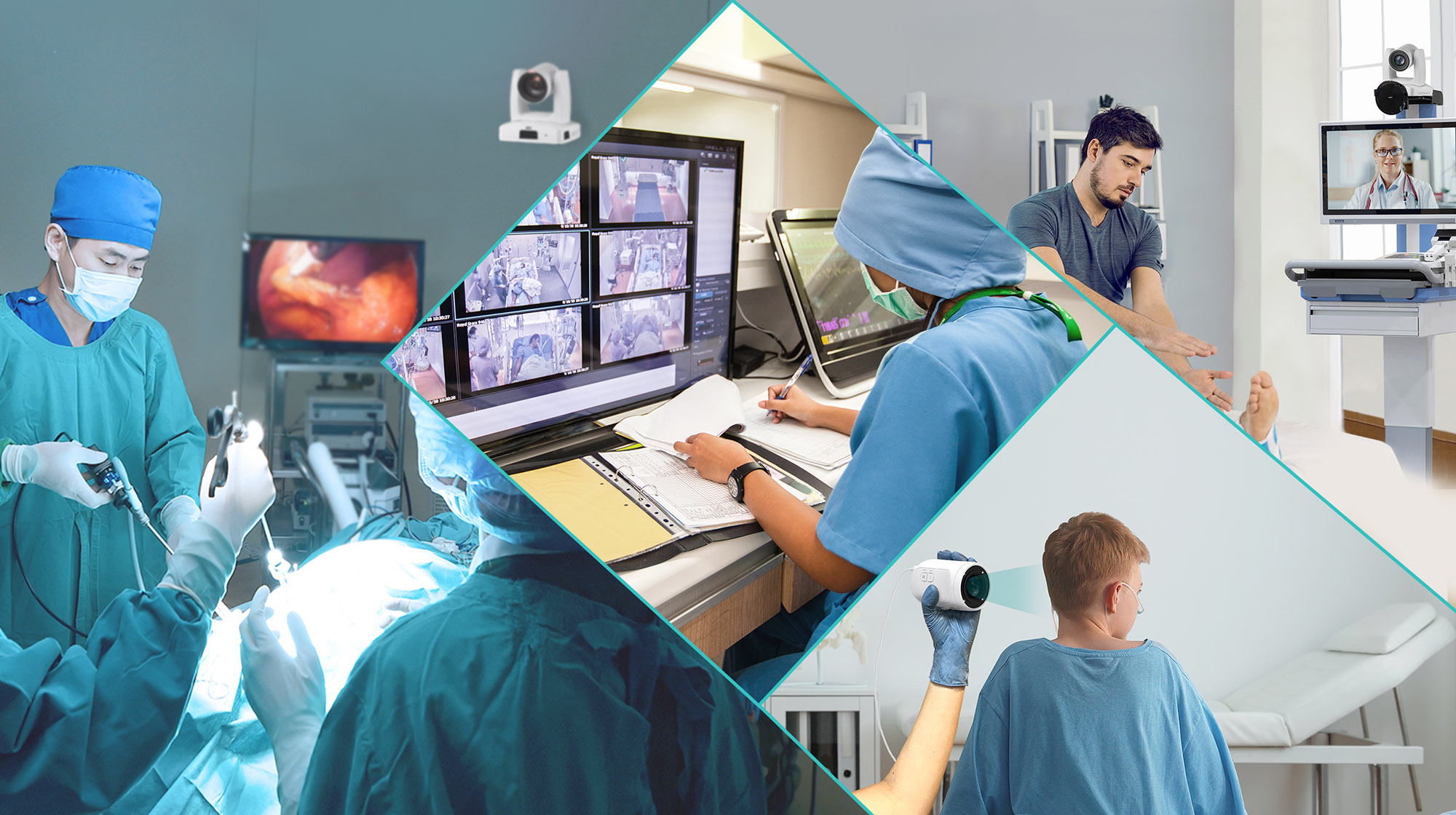The Future of Video in Healthcare: From Hospitals to Remote Patient Monitoring

Healthcare delivery is an ever-evolving landscape that continues to shift, especially with the advent of video, AI, and monitoring technologies. The use of video technology is not new in healthcare as hospitals have been using it for some time. However, with greater advancements in telemedicine and IoT solutions, the possibilities to leverage video are infinite. In this post, we will discuss how video technology is currently being used in healthcare, its potential benefits, and explore its likely impact in the future.
Video in Hospitals
The use of video technology in healthcare started gaining traction in hospitals where it has become an essential communication tool between patients, families, and healthcare providers. Videoconferencing can be used between doctors and patients to diagnose conditions, such as rashes, for which an in-person visit would not be necessary. It also enables specialists to remotely consult doctors in other facilities on complex cases and rapidly create expert groups. Furthermore, video streaming, recording and archiving of surgeries, allow staff and learning professionals to observe and gain knowledge.
Remote Patient Monitoring
The increased understanding of patient needs and the simultaneous development of IoT solutions has led to the demand for remote patient monitoring. With video cameras and two-way audio devices, dozens of patients can easily be monitored at a nurse’s station in one monitor. Taking this a step further, older adults or patients with chronic conditions can be monitored remotely from their homes, which decreases the need for hospitalization or readmission. Video and sensor technology can track a patient's movement, vital signs, and environment. This data is transmitted to health care providers who can use it to detect any unusual patterns and prevent potential complications of the underlying condition. With the deployment of AI and predictive analytics, healthcare providers can provide patients with a more personalized and preventative approach focused on long-term health management.
Telehealth
Video technology can also enable telehealth, where patients receive medical care remotely through video. Patients and doctors can consult for follow-up appointments, checkups, or other services at scheduled times that work for both parties. This reduces wait times, enables patients to avoid hospital visits for non-urgent care, and decreases the risk of infection. Additionally, patients can access care remotely, which is particularly important for those with mobility problems, transportation issues, or who live in rural areas.
Artificial Intelligence and Video
In addition to streamlining routine tasks, AI and video technology is also being used to provide real-time, personalized care. AI-based tools can detect subtle changes in patient health and alert medical professionals before adverse events occur. Machine learning algorithms are also being used to analyze data from multiple sources, allowing healthcare providers to quickly identify potential issues and create tailored treatment plans for each patient. AI built-in video cameras can also help to track patients via voice or body (movement) tracking. With the help of AI and video technology, doctors can deliver more accurate and timely care, improving overall patient outcomes.
Prediction for the Future of Video Technology
The deployment of technology continues to transform healthcare, and video will undoubtedly play a critical role in the future. With the increasing implementation of telemedicine and remote patient monitoring, healthcare will require more significant bandwidths to support real-time video consultations. Artificial intelligence (AI), Machine learning and IoT solutions will provide healthcare providers with data-driven insights for more precise diagnosis and proactive treatments. Additionally, the intelligent processing of patient data will enable cutting-edge health management and predictive care.
Conclusion
The potential for video technology in healthcare is enormous and is expected to continue to evolve in the future. As technology advances, so too will the opportunities to provide better care for patients and improve outcomes. Healthcare will continue to see the adoption of IoT solutions and telemedicine in remote patient monitoring and virtual follow-up care. As such, healthcare providers must be prepared to adopt more advanced video and collaboration solutions to facilitate these remote discussions and patient sessions. With advancements in the field, we may see a new age in healthcare delivery that significantly increases accessibility and quality of care.
Discover how AVer Connected Health Solutions can help your healthcare organization and be sure to visit us at the FIME 2023 event this June 21-23.


